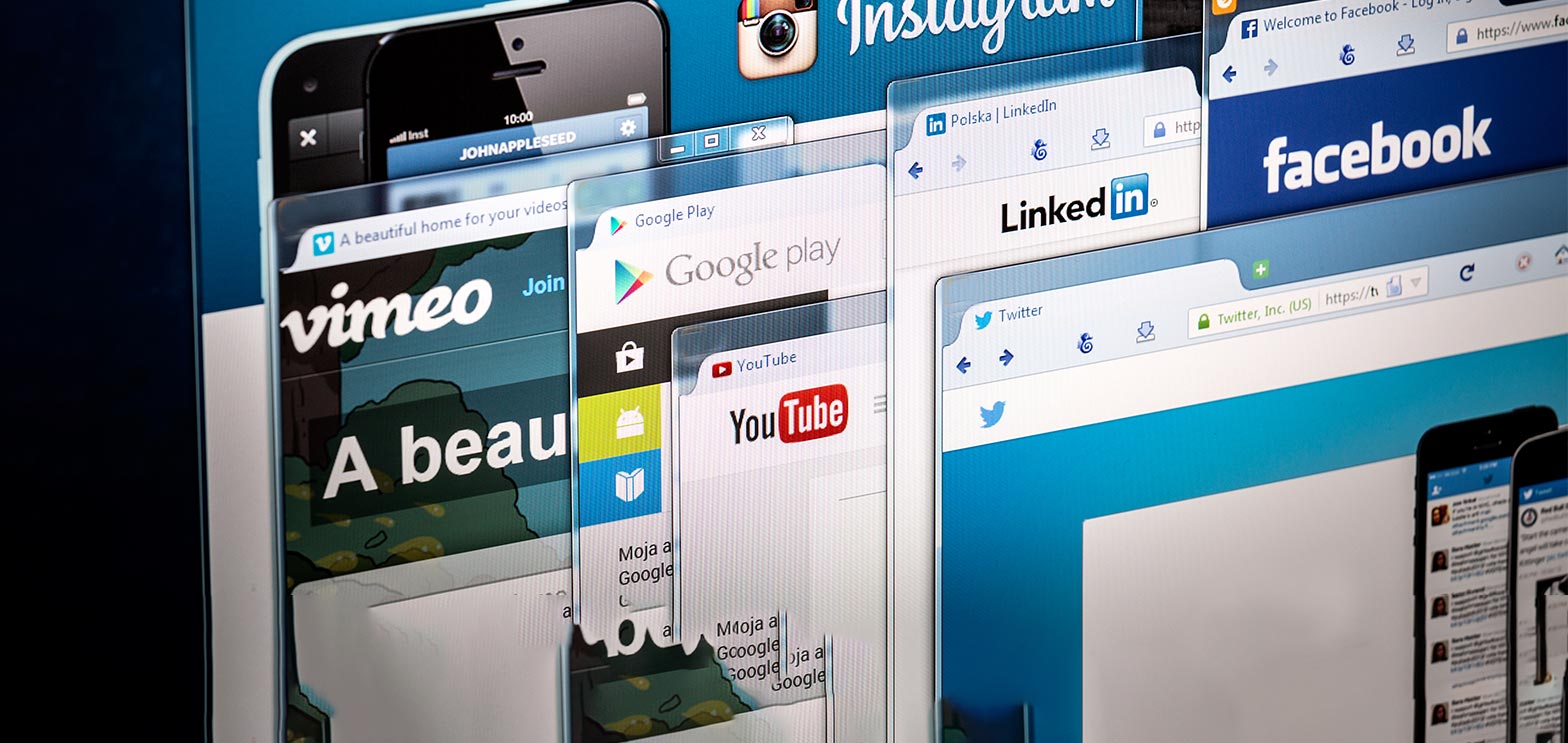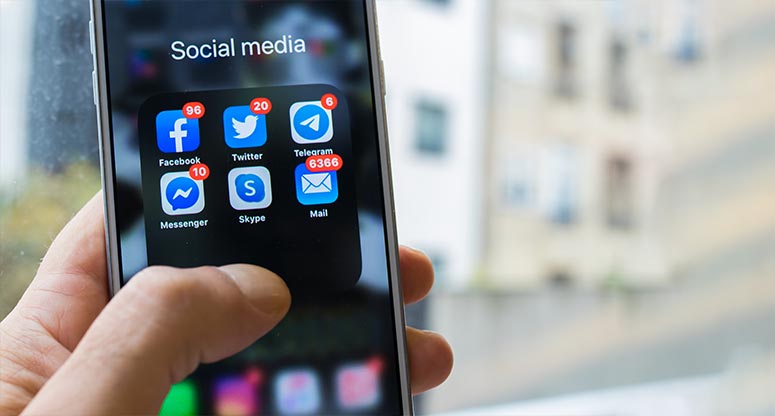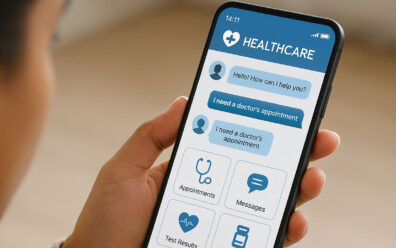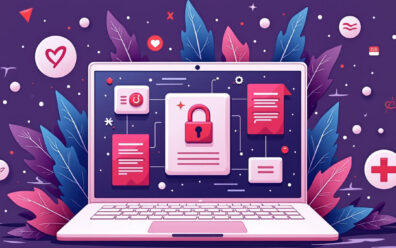Contact-Center Outsourcing5.5-minute read
7 Reasons Why Your Business Needs a Multi-channel Customer Service Strategy
Are you reading this article on a desktop computer? Or maybe your phone, a laptop, or an iPad? And did you find it via a Google search, or perhaps a link from Twitter or Facebook?

The fact that there are so many answers to these questions highlights the need for businesses to communicate across a variety of channels. From voice support to web content, from Twitter promotions to in-store displays, there’s a tremendous amount of ways that people engage with brands today—and smart businesses make the effort to use all of them via a multi-channel customer service strategy.
Let’s take a closer look at some of the key ways that implementing a this customer service strategy can help you grow your business and set yourself up for long-term success.
7 Reasons Your Business Needs a Multi-channel Customer Service Strategy
Reason #1: The Chance to Reach More Customers

Knowing which channel customers prefer to be reached out for special offers may allow you to discover new customers to grow your business.
Source: www.shutterstock.com.
The more channels you’re on, the more chances you have to be discovered by someone who may not otherwise find your business. After all, if you knew your customers prefer to shop on a mobile site, or always communicate via automated chat, why wouldn’t you accommodate that? Thanks to advances in tech, meeting the different preferences of today’s consumer is affordable for companies of all sizes.
On top of that, by integrating new channels like a rewards or loyalty program to your website, you can give existing customers discounts or other special offers for referring their friends and family to you. And that increases your chances of finding new customers even more.
Reason #2: Improving Customer Satisfaction, Loyalty and Retention

By making your customers life easier will boost the satisfaction they feel towards your business.
Source: www.shutterstock.com.
By offering customers more chances to interact with you, you’re making life easier for them, which also boosts the satisfaction they feel toward your business. And that, in turn, encourages loyalty, which improves your customer retention rates. In other words, you’ll have fewer one-time shoppers and more lifelong brand advocates.
And, again, by converting casual customers into brand advocates, you’re improving the chances of them referring still more people to your business. Think of it as marketing crowdsourcing — when you inspire loyalty, you’ll get passionate customers who act as an extension of your sales efforts. And you get it without any extra cost, too.
Reason #3: Gaining a Competitive Advantage

Developing a multi-channel customer service strategy can give you a key competitive advantage over businesses.
Source: www.shutterstock.com.
If making life easy for your customers isn’t incentive enough, think of it this way: By denying them access on their preferred channel, you’re nurturing frustration with your brand. And that creates a scenario in which they’re more likely to seek out your competitors.
To this end, developing a multi-channel customer service strategy can give you a key competitive advantage over businesses who fail to do so. And in some industries where it’s hard to differentiate based on service or price, that competitive advantage can make all the difference.
Reason #4: Giving Customers More Opportunities to Reach You

Making the effort to reach out to someone on a number of different channels could make the difference between a one-time shopper and a repeat customer.
Source: www.shutterstock.com.
Making the effort to reach out to someone on a number of different channels could make the difference between a one-time shopper and a repeat customer. This might be as simple as sending a follow-up email when someone makes a purchase on your website or sending a direct message after they follow you on Twitter.
The point is that, the more communications channels you open up, the more prominent you keep your business in your customers’ minds. And you’re also giving them more chances to make purchases, too, particularly if you give them additional incentives like a discount for signing up for your mailing list or downloading your mobile app.
Reason #5: Giving Yourself More Opportunities to Reach Your Customers
On the flip side of that coin, when you open up more communications channels, you’re giving yourself the opportunity to reach customers in the places where they spend the most time. Even though they may have found you on one channel, you may be more likely to convert them for future purchase by reaching out to them somewhere else.
“27 percent of customers say that “not being able to contact customer service with their preferred channel contributed to a bad customer experience” ” Share on X
To illustrate this point, research from Zendesk shows that, for simple service inquiries, most customers prefer email, while phone-based services are more popular for complex requests. On top of that, 27 percent of customers say that “not being able to contact customer service with their preferred channel contributed to a bad customer experience” — which means you’ve lost the chance to earn repeat business.
Reason #6: The Chance to Expand Your Service Lines

On the flip side of that coin, when you open up more communications channels, you’re giving yourself the opportunity to reach customers.
Source: www.shutterstock.com.
Developing a multi-channel customer service strategy can also give you the chance to offer new services for your customers to engage with. For instance, if you develop an app for your business, that may lend itself to offering a rewards program, which in turn opens up the chance to offer gift cards and other special promotions to which engaged customers are increasingly responsive.
This is a great opportunity to expand your revenue base with easily integrated services that have the added bonus of nurturing customer satisfaction (via rewards programs that promote loyalty and repeat business) and earning you new business (via gift cards that customers often give to their family and friends).
Reason #7: Gaining More and Better Info about Your Customers
When customers opt in to certain channels—for instance, a website account, rewards program, Facebook group or email list—you’re getting a unique opportunity to gain insights into who they are and what kinds of products and services they prefer. And that gives you a better chance to offer what they want in the future, improving your odds of turning them into loyal customers and brand advocates.
And if you effectively track all of these interactions, you’ll also get valuable information on what promotions work in certain areas, or with specific demographics, or during certain times of the year.
Taken together, this can be pivotal in helping you refine your sales and marketing outreach for maximum effectiveness in reaching new shoppers, in addition to better satisfying existing customers.
Need Help Developing Your Multi-channel Customer Service Strategy?
Now that you’ve seen the need for a multi-channel customer service strategy, it’s time to start putting it together. Luckily, you’ve probably already got a good start, with a website and some sort of social media presence already in place, as well as a dedicated email address for your customers and clients.
The next step is to fill in any gaps for a truly multi-channel customer service strategy. And then, to take it one step further and integrate those channels into one seamless experience—in other words, offer an omnichannel experience to truly make your customers happy.
What’s the difference between an omnichannel and multi-channel customer service strategy?
If this seems like more than you can tackle yourself, worry not: As with all aspects of customer care, it’s wise to enlist the help of experts when developing a multi-channel customer service plan. Partnering with an on-demand contact center solutions provider gives you access to experts who understand how to build out the communications channels you need and merge them all into one cohesive strategy.
Learn more about how we can help you achieve omnichannel and multi-channel customer service strategy: Contact us today to schedule a complimentary consultation.
Let's talk.
This Might Interest You...
This website uses cookies to personalize and improve your experience. Continue browsing our site if you agree to our Cookie Policy or feel free to Manage Cookies yourself.


